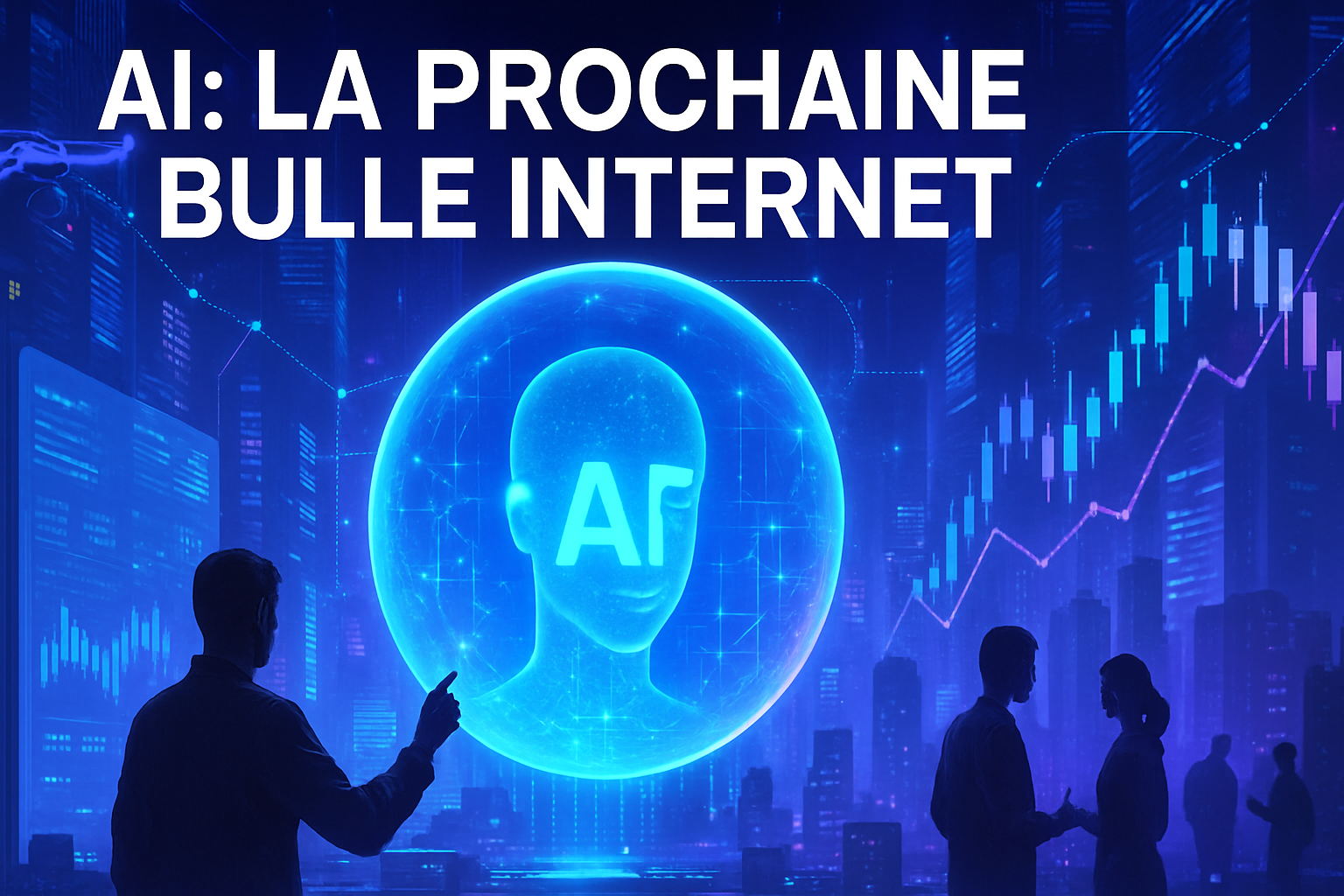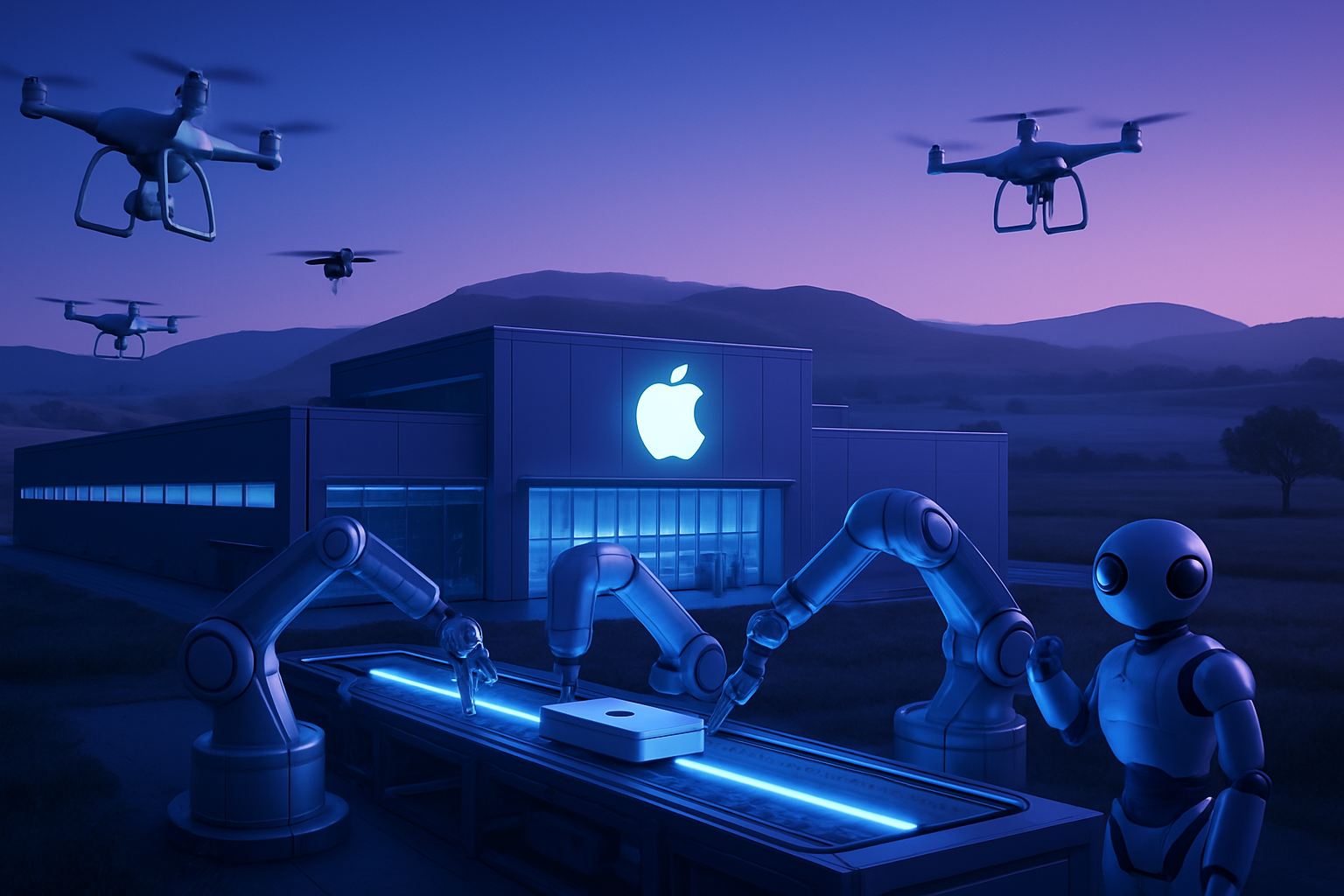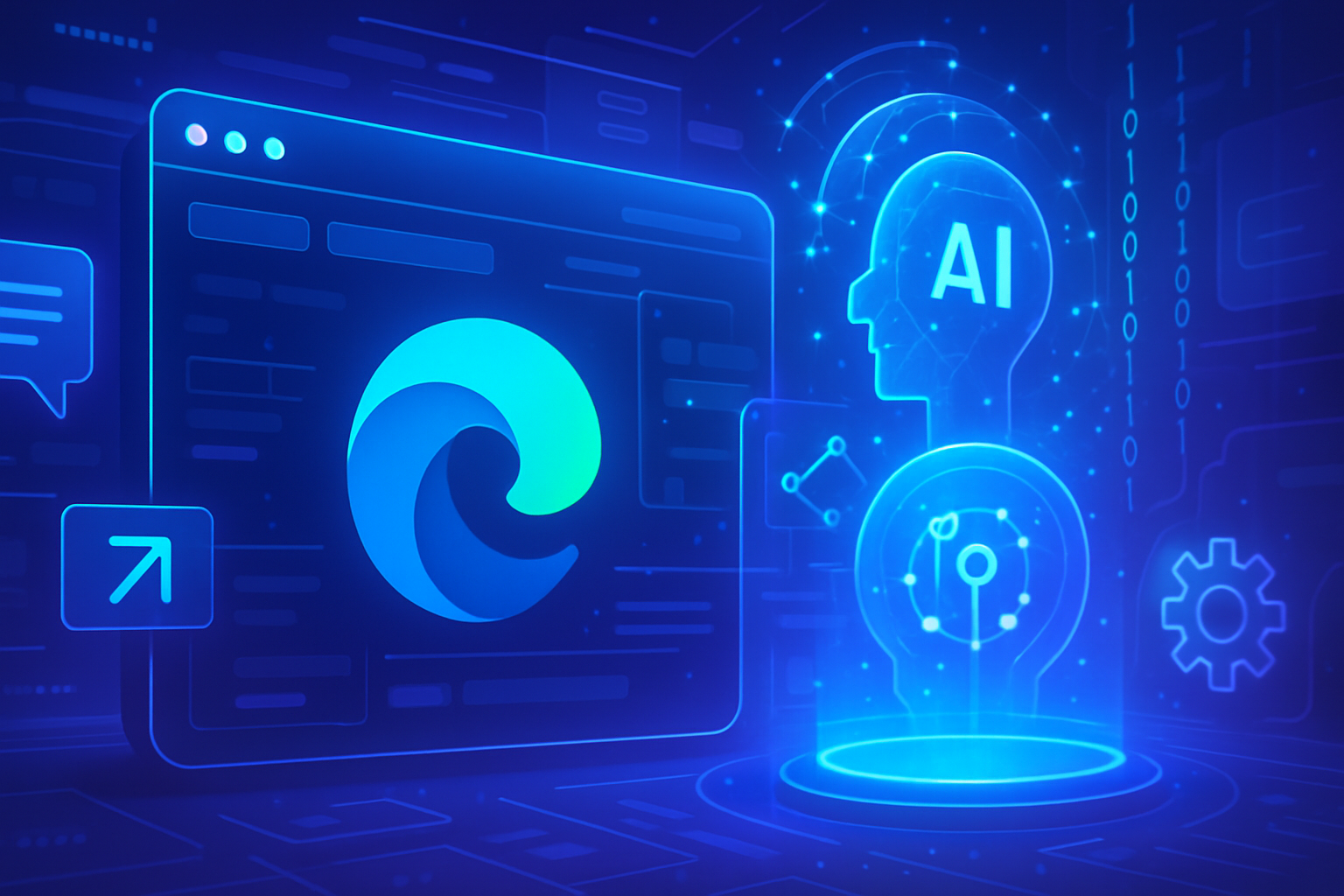The meteoric rise of investments in AI stirs fears of a possible bubble similar to that of the Internet. Investors are closely watching every movement, fearing a decline in enthusiasm in the face of disappointing results.
*The comparison with the dot-com bubble is no longer in doubt.* Skeptics question the tangible impact of artificial intelligence projects. They fear that the current excitement may hide a less flourishing reality.
*Public policies also influence this fluctuating dynamic.* Historically, government interventions in innovation have made the rise of AI an economic conquest issue. A race for technological advantage is emerging at the heart of this phenomenon.
A new enthusiasm for AI
Investors are injecting billions of dollars into artificial intelligence (AI), raising questions about the sustainability of this enthusiasm. A recent survey by BofA Global Research revealed that 54% of fund managers believe that AI-related stocks are already in bubble territory. The fear that this enthusiasm might dwindle is growing, particularly in light of the substantial expenditures related to infrastructure and semiconductors.
Resonances with the Internet era
Ben Dawson, senior vice president at Cisco, highlighted similarities between the current hype around AI and the tumultuous beginnings of the internet. Technological changes of such magnitude often follow a known pattern: initial excitement, massive investments, followed by a necessary market correction. While admitting that some AI projects may not last, he states that the global transformation brought by this technology is very real and sustainable.
The role of governments in AI
Public policies strongly influence the evolution of the AI cycle while seeking to mitigate the risks associated with a potential bubble. In the United States, government involvement has often defined technological eras through early incentives and investments. The Trump and Biden administrations have clearly established AI as a matter of economic strength and national security.
Massive investments despite doubts
Venture capital and sovereign wealth funds are investing massively in AI, anticipating long-term returns on investment. However, early investments could leave some players with unused assets if demand were to dry up. The current dynamic raises the question of how companies can use AI to optimize their operations and avoid past mistakes.
Market warnings
The Bank of England recently expressed concerns about a sharp market correction if confidence in AI were to wane. Such a situation could have material consequences for the British financial system. This concern even arises among some investors who believe that the speed of AI spending could outpace expected short-term returns.
Building the AI infrastructure
Simon Miceli of Cisco argues that the current phase of large-scale construction aims to prepare for the industrialization of AI. Rather than fearing overcapacity, he sees an increasing need for robust infrastructure for AI. Although some market corrections seem inevitable, the long-term need justifies current investment levels.
Divergent perspectives
Opinions are divided on whether the dynamics of AI reflect an excess of enthusiasm or healthy growth. According to Bryan Yeo, Chief Investment Officer at GIC in Singapore, the valuations of AI companies often remain inflated despite modest revenues. This recalls the gestation of many companies during the Internet bubble, where only a few players managed to come out ahead.
Long-term investment perspectives
Goldman Sachs experts estimate that the current trend in AI infrastructure spending remains economically sustainable. They see this as an undeniable opportunity, although the future winners of this sector remain uncertain. Meanwhile, Morten Wierod from ABB mentions supply chain constraints that could slow the deployment of new data centers, while Pierre-Olivier Gourinchas from the IMF believes a potential slowdown should not lead to a systemic financial crisis.
Discussions about an AI bubble continue to captivate the attention of the economic world. Many investors remain engaged in the sector, illustrating a belief in the evolution of this essential technology. Among these assertions, about 90% of investors considering the market overvalued still hold assets related to AI, seen as having future potential.
An innovation cycle to watch
The understanding that a cycle of hype, correction, and consolidation accompanies every technological transition is repeating itself. This process could redefine industries for decades. The real question is not about the longevity of AI but rather the ability of companies and investors to navigate these internal changes and market dynamics.
Common questions
What is an economic bubble and how does it apply to AI?
An economic bubble occurs when the value of an asset significantly exceeds its intrinsic value, often fueled by excessive speculation. In the case of AI, massive investments can create a bubble if investor enthusiasm surpasses the actual returns generated by AI technologies.
Why do some experts think AI could become a bubble?
Some experts argue that high valuations of AI companies, often based on optimistic forecasts, may not materialize. They compare this to the dot-com era where many companies failed after massive investments without tangible results.
What signs indicate that the AI market may be creating a bubble?
Signs include rapid increases in AI company valuations, discussions about overvaluations among investors, and growing concerns about the viability of AI startup business models.
How do government investments influence AI development?
Governments invest in AI to stimulate innovation and strengthen their economic position. This can create a dynamic where companies receive financial support, but it can also contribute to a bubble if expectations exceed results.
What measures can investors take to protect themselves from a potential AI bubble?
Investors can diversify their portfolios, conduct thorough research on AI companies, and be wary of companies with valuations that seem excessive or that rely on unproven promises of future profits.
How can the history of technological bubbles help understand the current AI market?
The history of technological bubbles, such as the dot-com bubble, provides insights into market behavior in the face of excessive optimism and the need for economic realities behind company valuations.
What distinguishes AI from other technologies within a potential bubble?
AI is unique because it involves rapid technological advancements and a vast range of potential applications, but this can also make valuations more susceptible to speculation due to the uncertainties surrounding the future of the technology.
Can a bubble be avoided in the development of AI?
It is possible to mitigate bubble risks through appropriate regulation, increased transparency from companies about their financial results, and educating investors about the realities of the AI market.
What could be the impact of an AI bubble on the global economy?
An AI bubble could lead to massive financial losses for investors, damage confidence in the tech sector, and slow innovation if financial resources are wasted on non-viable business models.






